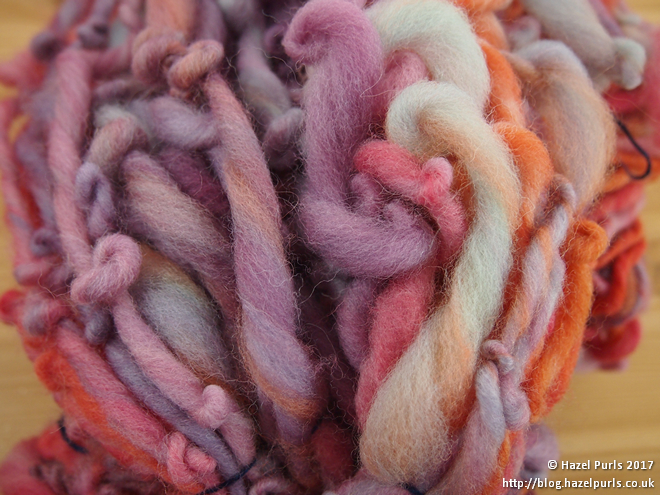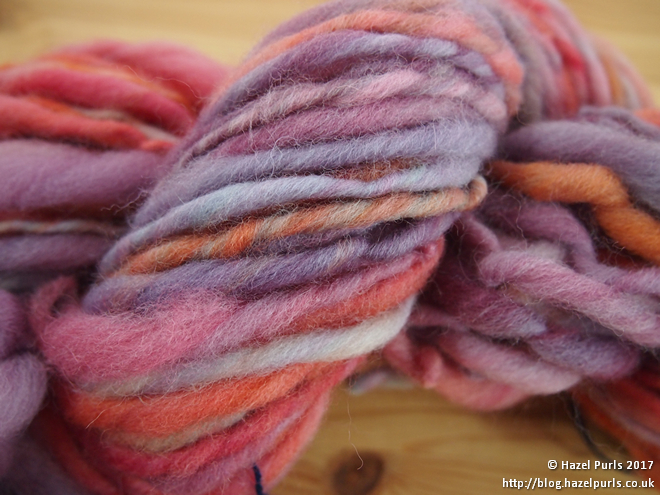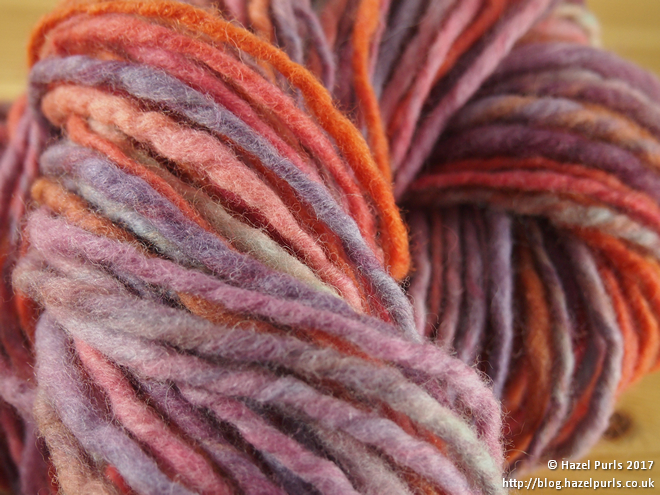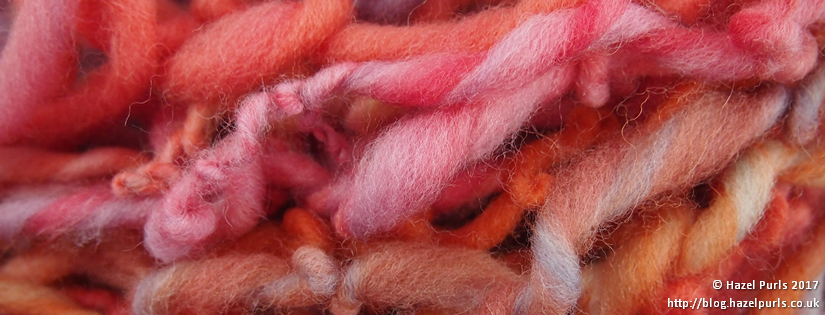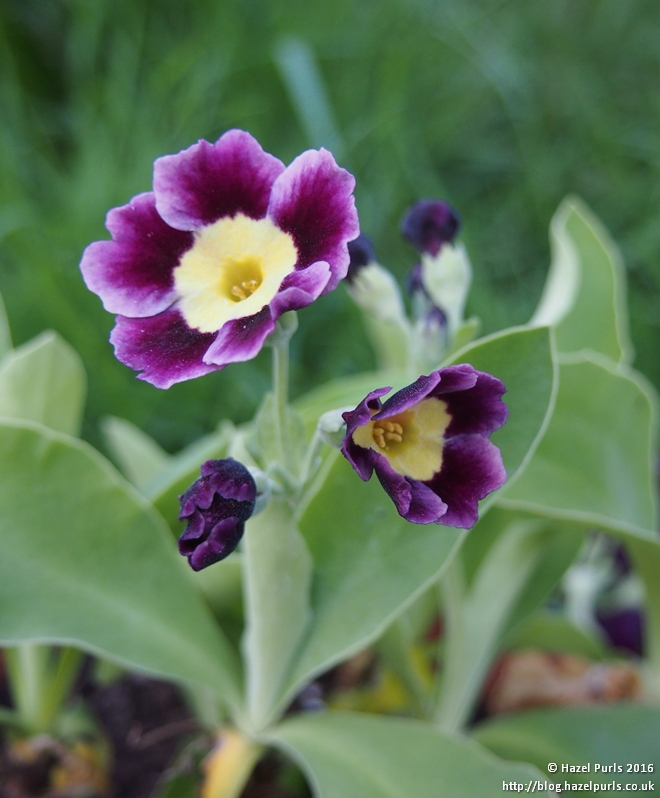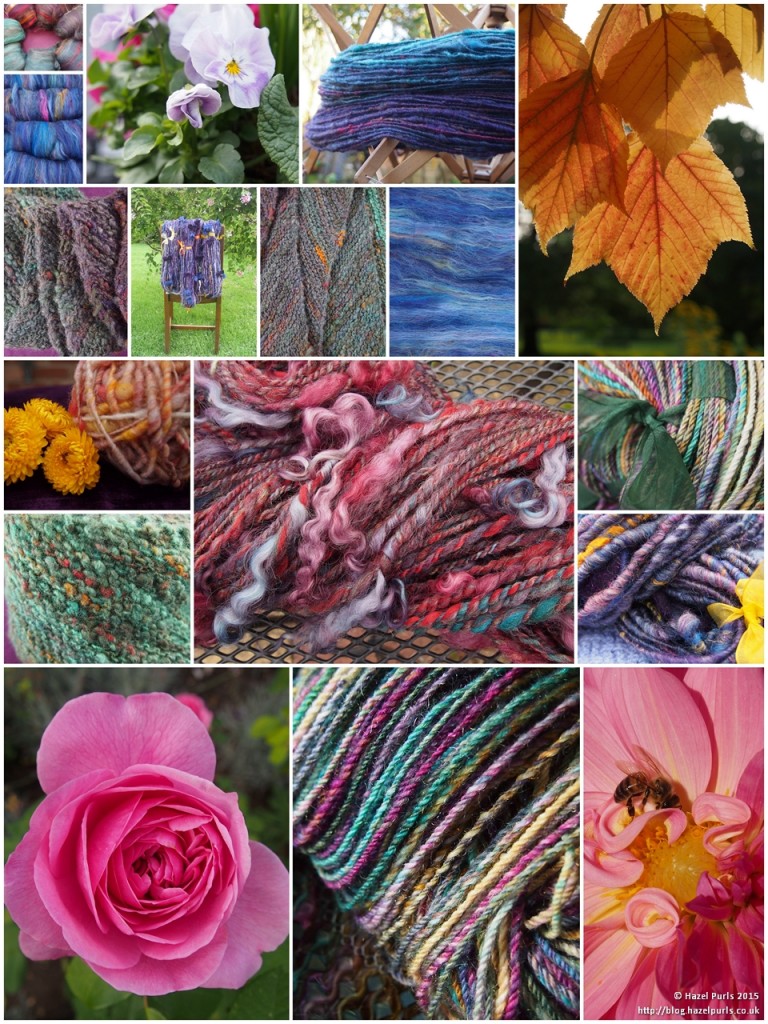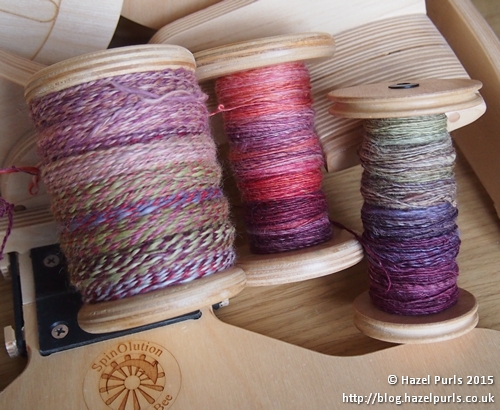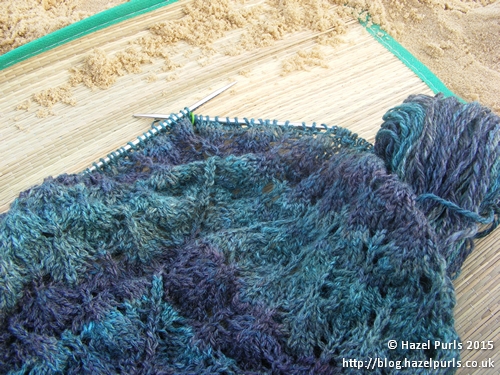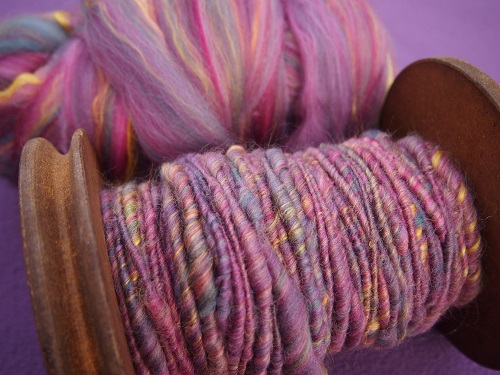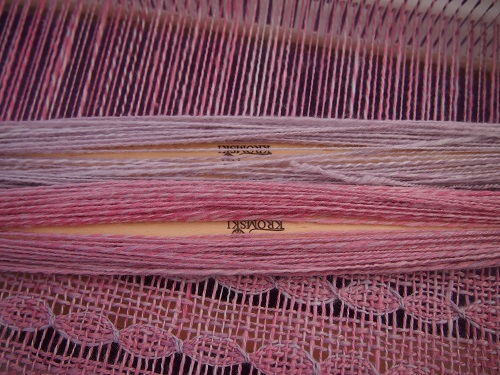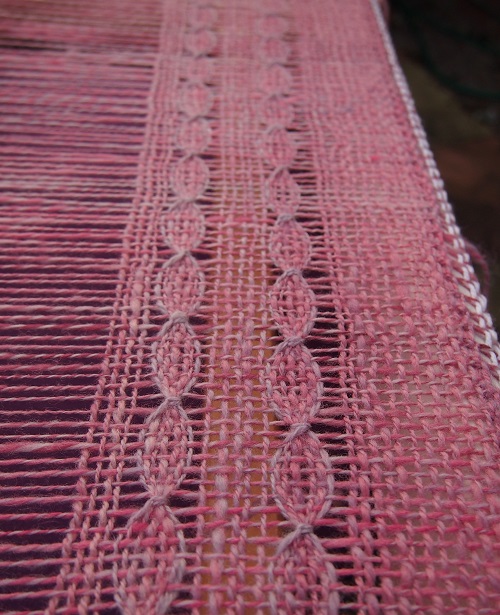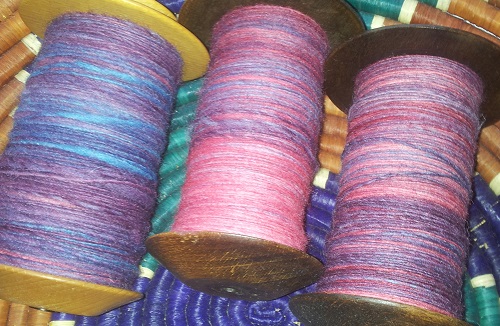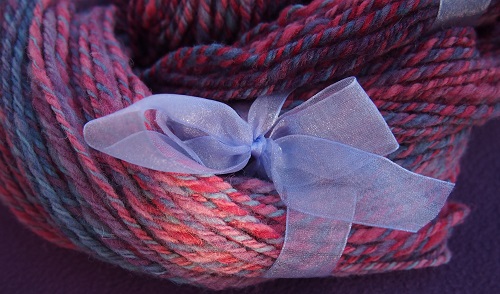When I was first learning to spin I couldn’t understand where grooves and whorls on the wheel needed to be smooth and where they needed to have a good grip. I assumed (wrongly) that all places where there were drive bands and brake bands should be unpolished. Worse, when I was cleaning my wheels I didn’t take enough care about keeping polish from these places.
During the TdF I was using one of my Ashford traditional wheels with the sliding hook flyer. This was the second wheel I bought, and the flyer was the first wheel upgrade I purchased (at the height of my ignorance on whorls and grooves).
When plying the two skeins during the tour I struggled a little with the wheel during the last few yards, but not enough to worry about it. However, when I plied the most recent skein the wheel was almost impossible to use. I couldn’t get a good balance between twist (from the drive band) and pull-on (from the brake band). I changed the drive band about 4 times (trying different materials: cotton string, cotton weaving yarn and pony band lacing) and I also changed the brake band. I applied copious amounts of spinning oil. However, the wheel was still extremely difficult to use and was making the most appalling screeching noise – it sounded like a drill. In the end I carried on regardless (extremely glad there was no-one in the house except me that night to hear the noise).
Sadly the fight with the wheel shows in the resulting skein – which is unevenly and generally under plied (with some sections being particularly poor). I will have to run the yarn back through the wheel to correct this.
A couple of days ago I started correcting the problems with the wheel. The wheel uses scotch tension so the brake band runs over a groove in the bobbin. It’s fairly common to use a nylon line (like fishing line), though I’m not fond of this, and having got used to using a mercerised cotton thread (like thin crochet thread) I prefer this. Because this is the brake band the first thought is that the groove should have a good grip. In fact the groove should be fairly polished and run smoothly under the brake band. Any roughness may cause the band to catch and the bobbin to run jerkily, or make it difficult to apply a little more pressure to slow the bobbin down, without it gripping completely and stopping it in its tracks. So I’ve carefully sanded (with a fine sandpaper) the grooves at the end of the troublesome bobbin, and applied a wax polish (ideally I should use an oil finish, and may do so in the future) repeating until they were smooth. I shall do the same with the other bobbins in due course.
The groove in the drive wheel was feeling very smooth so I’ve gone around this with a coarse sandpaper to increase the grip. I’ve done the same with the whorls on the flyer. The smallest gives a ratio of close to 20:1 which means there is very little surface area available so a good grip is essential. I’ve seen rosin (as used on bows of violins and other string instruments) suggested to improve the grip of drive bands on wheels, so I shall investigate this if I have any further problems.
I’m happy that I’ve fixed the problem, but the proof of the pudding is in the eating (a picture of the skein will follow when I’ve properly tested the wheel and corrected the plying problems).
Should you be reading this as someone who is learning to spin and trying to get their wheel functioning properly – here’s the short version (for a scotch tension wheel): The groove(s) on the bobbin should be smooth (sanded and polished). The groove in the drive wheel and the grooves for the whorls on the flyer should be grippy (no polish).
